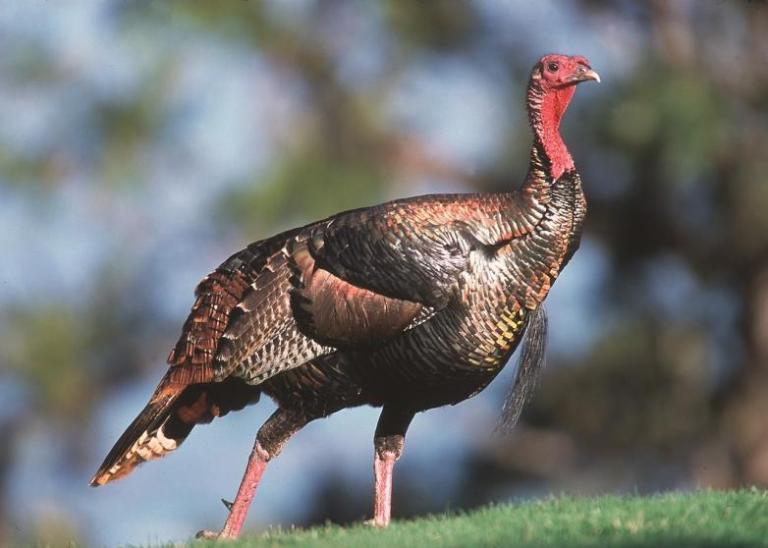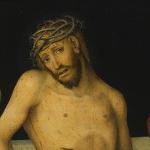There is a reason why the turkey, the centerpiece of most Thanksgiving feasts, has such resonance for Americans.
Wild turkeys were a major food source–sometimes the major food source–for American settlers. This was true of the Pilgrims, but it was even more true for the Pioneers who settled the West.
The prairies were full of turkeys–millions of them, in such abundance that some pioneers ate them for three meals a day. (Even our practice of have turkey leftovers for days on end after Thanksgiving speaks to our American heritage!) The turkeys were so thick on the frontier that pioneers through the American wilderness must have thought of the way God provided quail for the Israelites on their long and hazardous journey to their Promised Land.
Mary Phillips quotes from an article published on November 21, 1920, in The Archivist: Turkey as a cure for loneliness? | News OK:
Most of the wild turkey tends to encourage the spirit of the wild that is in the frontiersman. It satisfies the desire for food without despoiling the atmosphere. It fits into the surroundings. It is the choice diet where the woods meet the prairies. Its juices are not of conventional civilization, and it does not depress one with homesickness.
Therefore it was far and away the meat for the once trackless west. Perhaps on the rockbound shore the Pilgrims discovered its chief virtue. An oldtime Oklahoma ranchman holds that the turkey became the Thanksgiving bird because it made the Pilgrims forget their sorrows and spurred them to adventure in the new land. . . .
Turkey hunting was the chief sport of Oklahoma pioneers. Nearly every written or published experience of a man who ‘made the run’ or drew a ‘claim’ or lived in the vanguard of the ‘sooners’ somewhere says in his tale that he never before saw as many wild turkeys. He killed them for breakfast, for dinner and for supper. They roosted in the high trees of the virgin forests, they fed along the rims of ragged hills cover with waist-high sage grass,or they drank in the dense shades of the blue and silent brooks.
The wild turkey was among the first inhabitants of the territories and about the last of the untamed things to pass with the human habitation of the soil. Once there were millions of them in the Kiamichi, Arbuckle and Wichita mountains and in the hills of the Creek and Cherokee nations. Osage Indians virtually lived off deer and turkey for many years in the rough spots of their Oklahoma reservation.
I suppose the reason the turkey did not “depress one with homesickness” is because it was so different from what the European settlers were used to, so it made them think of the promise of the new life that was before them.
You can still come across a wild turkey sometimes here on the Oklahoma prairie, but they have become rare. We can lament their passing like we lament the passing of that other staple of the plains, the buffalo whose herds extended as far as the eye could see.
The Daily Oklahoman also explains why turkeys are called “turkeys” in an article by Bill Sones and Rich Sones, How did America’s Thanksgiving bird end up with the name of a country?
Traders from the eastern Mediterranean eventually brought some to England. Because the ships hailed from ports in Eastern Europe that were part of the Turkish empire, the traders were known as “turkey merchants.”
The tasty creatures that they sold were known as “turkey birds.” And, from that, “turkeys.”
Our turkeys, of course, are rather different from the wild turkeys of the plains and the early domestic birds of the Mediterranean. But they are still fraught with cultural meaning.
No wonder we eat them at Thanksgiving.
Photo: Wild Turkey, by skeeze, via Pixabay, CC0, Creative Commons














